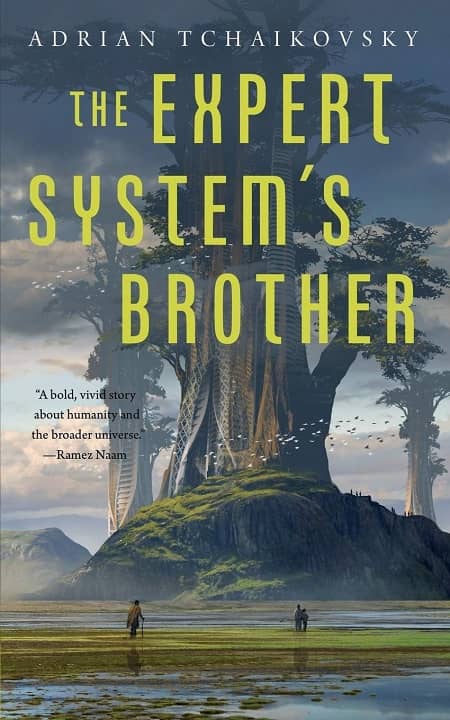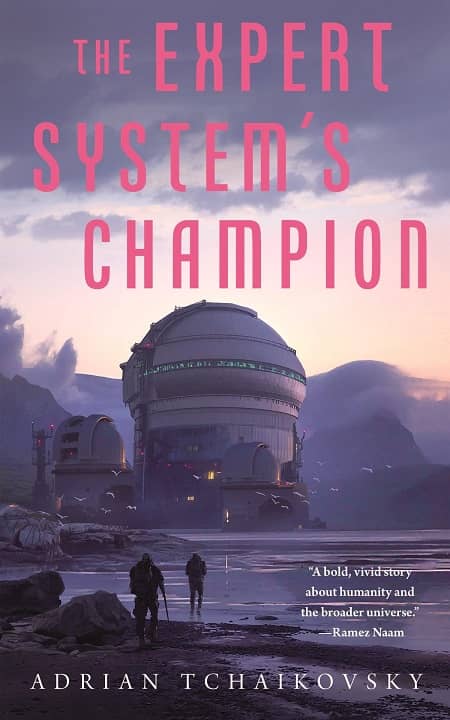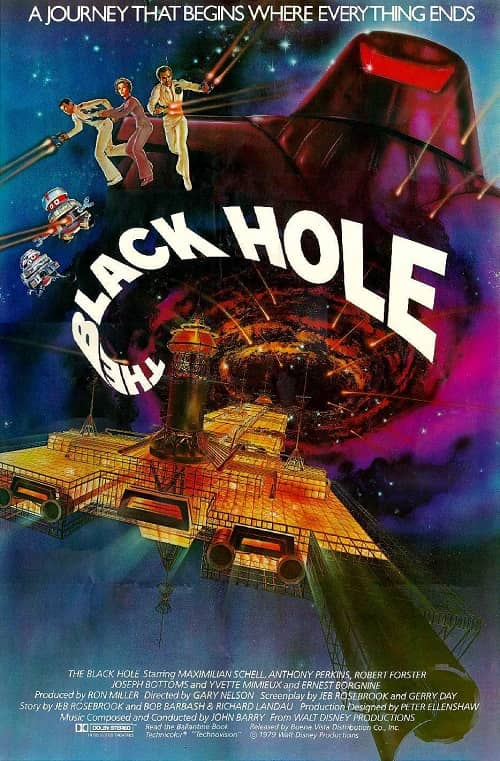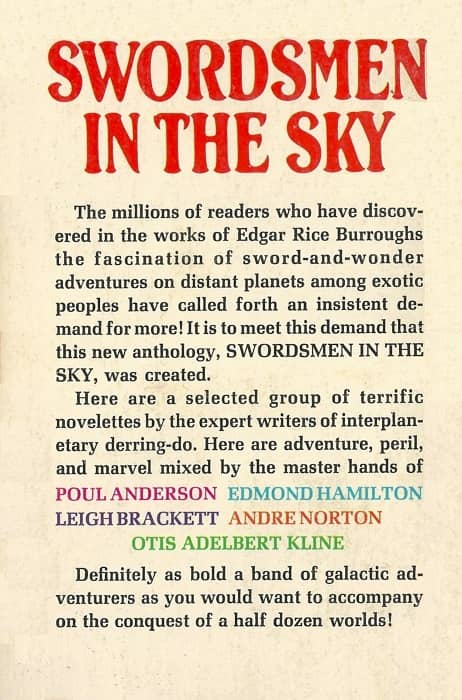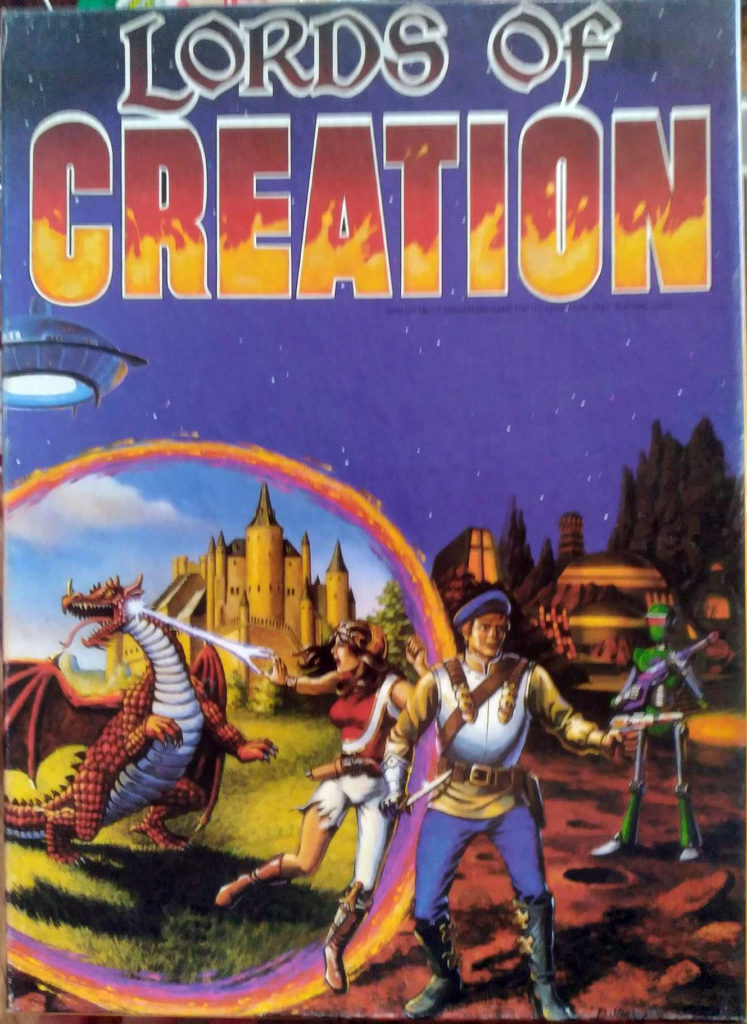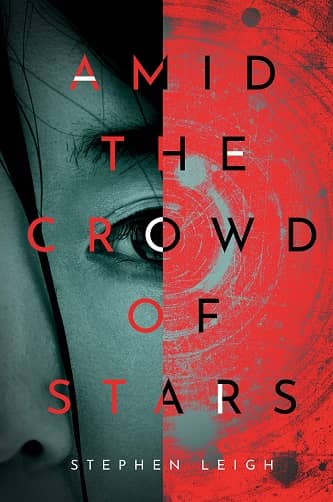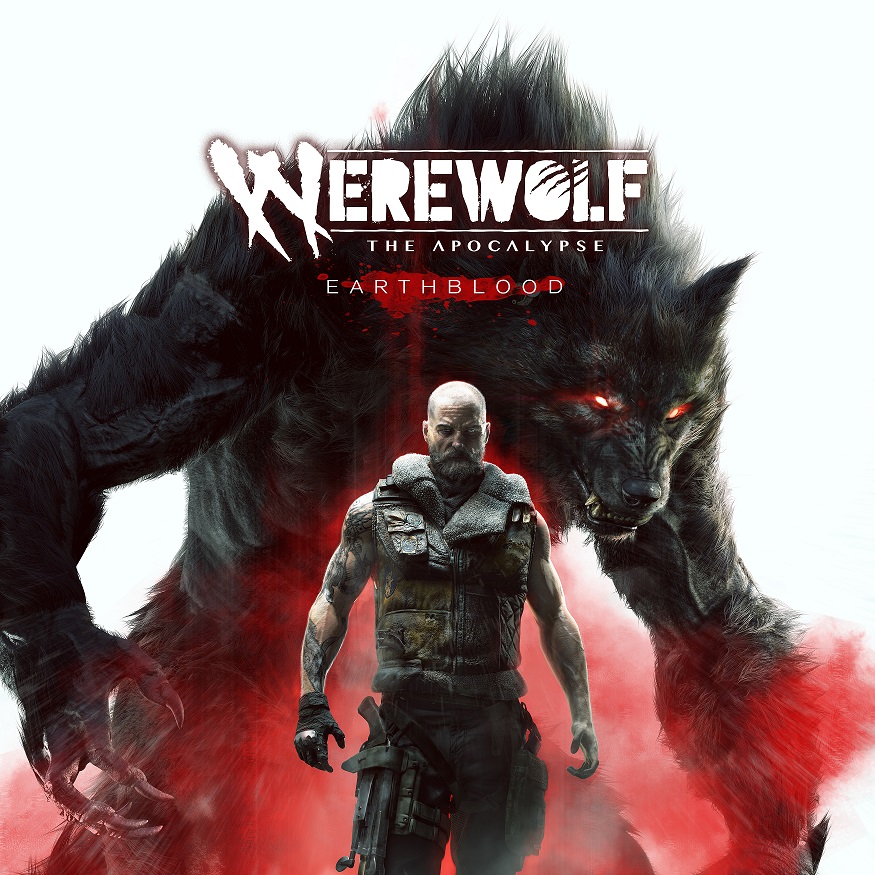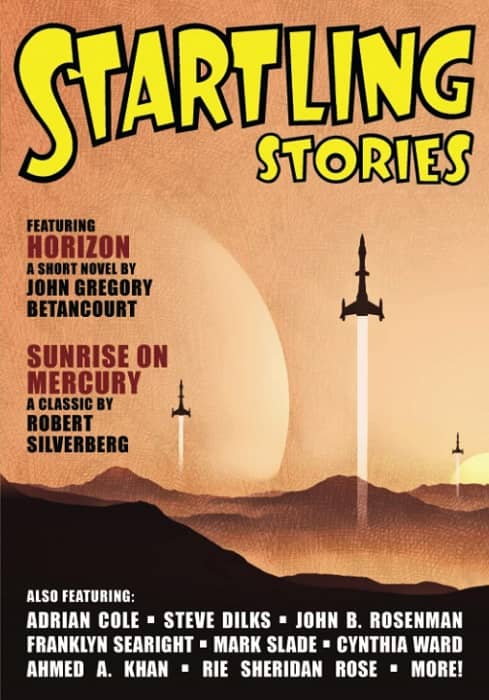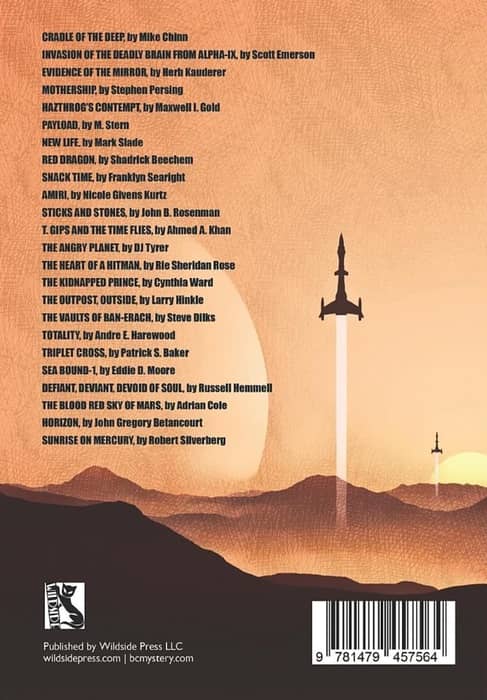Our Most Unusual Pulp Adventure
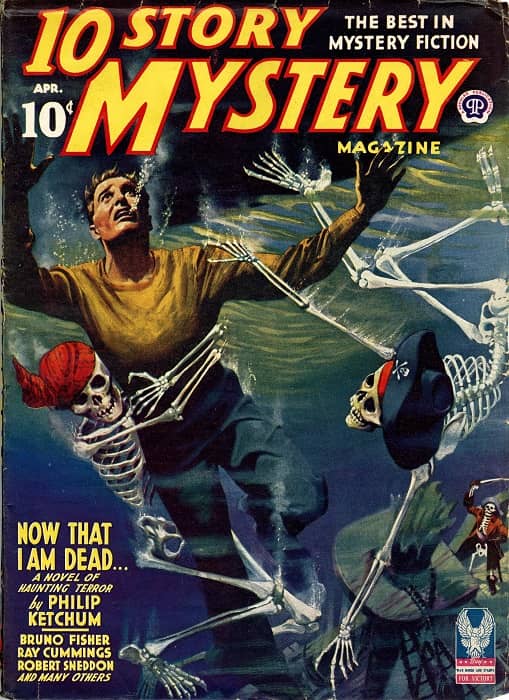 |
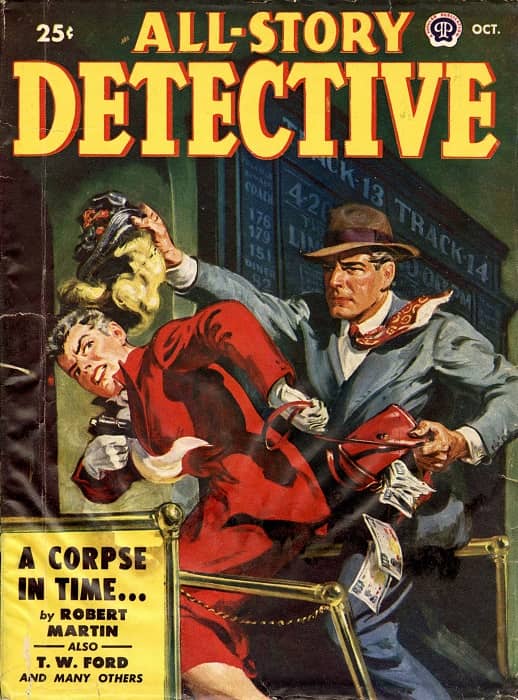 |
10 Story Mystery, April 1943, and The All-Story Detective, October 1949
Based on my experience, I think that non-collectors often view us collectors as somewhat crazy. They just don’t approach things the way we do, particularly when it comes to whatever particular obsession drives us. They don’t understand why we collect, and they don’t understand what we do to collect, and they don’t understand that the desire to collect can often override what most folks would consider to be common sense.
Case in point: Many of my non-collector friends are often horrified when I relate to them the tale of our most unusual pulp collecting adventure.
On a late fall day about 15 years ago, I read an ad in an antiques magazine regarding an upcoming auction in a neighboring state. The auction mentioned pulps and showed a few. So Deb and I got up very early the day of the auction and drove for several hours. The auction was being held in a large, unheated building, and both of us were quite cold the whole time. We’d arrived with enough time to quickly browse through the material – there were several lots of pulps among the hundreds of lots being auctioned, but most of the material was non-genre, everything from tools and hardware to furniture to farm equipment to household items to architectural salvage. None of the pulps were particularly rare, but many were in nice condition.
I think the auction began around 11:00 a.m. Unfortunately, there was no order to it. Whatever item happened to strike the auctioneer’s fancy at any given moment would be auctioned off, with no rhyme or reason as to when something would be coming up. After a while a few pulp lots came up, which I won, but then he moved on to other things, leaving most of the pulp lots still to come. Every hour or so, he’d get to a few more pulp lots, and then switch to something else. Needless to say, it was extremely frustrating.
